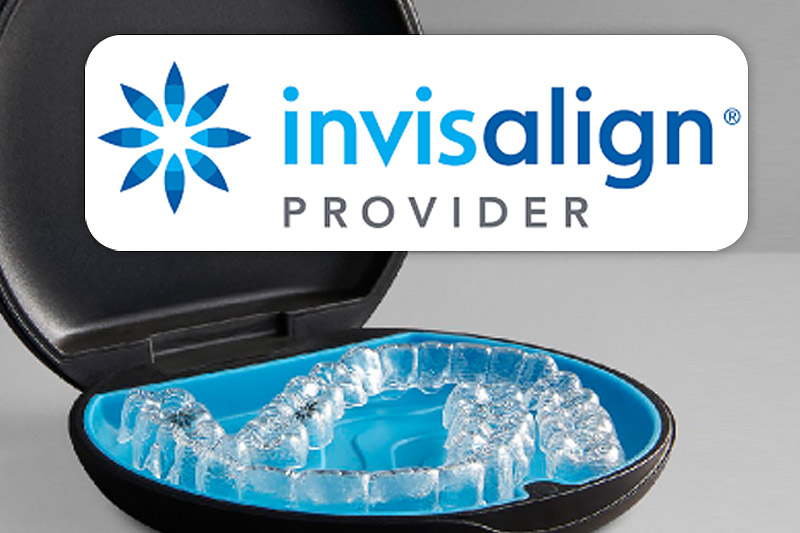Tag: dental bridgework
Factors Affecting the Cost of Dental Bridgework | Watertown MN
Large gaps left behind by lost teeth can negatively impact the function of your mouth and aesthetic of your smile. For people missing one or more teeth in a row, your dentist can recommend dental bridgework as a cost-effective treatment option. Dental bridges are a common dental procedure that is performed within two appointments, giving you a permanent restoration.
During your consultation, the dentist will assess whether you’re a good candidate for the treatment, and discuss the factors that may affect your cost of dental bridgework treatment, including:
1. The Type of Dental Materials
Bridges can be made using different materials, including gold, metal alloys, and porcelain. Porcelain or zirconia are the most common materials, and can be nearly as expensive as gold. But the materials are tooth-colored and look like your natural teeth, which makes them a popular option. Moreover, they’re very tough and durable, giving you a long-lasting replacement tooth.
2. The Type of Dental Bridge
The common types of dental bridges include traditional bridges, cantilever bridges, Maryland or resin bonded, and implant-supported bridges. Cantilever bridges are only supported by one tooth, whereas traditional bridges will be supported by at least two teeth, which can affect the cost. But they’re the cheapest bridgework option. Although resin-bonded bridges don’t require abutment crowns or preparation of adjacent teeth to support the pontic, they are more expensive than the other two options. Implant-supported bridges are also expensive because of the additional cost of placing dental implants.
3. Complexity of the Placement
Replacing two or more teeth will obviously cost more than replacing a single tooth. Moreover, certain situations can cause complications, such as unhealthy adjacent teeth, the need for implants, gaps in different areas of the mouth, and so on, all of which add to the complexity and cost of treatment. The need for additional procedures in order to restore your complete smile can add to the total cost of treatment. For instance, you may incur extra costs if you need to visit a dental surgeon for the placement of dental implants. Any other dental specialists that you visit will increase your total cost of treatment, but it may be necessary to ensure optimal results.
If you have a dental insurance plan, you should find out how much coverage is provided for tooth replacement via dental bridgework and other options, then consult your dentist in Watertown MN to identify the most suitable treatment for your case and budget.
5 Things You Should Know About Dental Bridgework in Watertown MN
Dental bridgework in Watertown is a common, affordable, low-risk, and proven treatment for one or more missing teeth. The word “bridge” is used because the replacement tooth (pontic) literally bridges the gap between your teeth, and is supported by the adjacent tooth on either side of the space.
Here are some other facts about dental bridgework in Watertown, MN:
- Dental bridges can be fabricated from different types of materials, including porcelain, gold, and metal alloys. Tooth-colored porcelain is the most common material of choice, especially for replacing front teeth, because of the strong and aesthetic result.
- The false tooth is designed to have a similar form (shape, size, and shade) to that of the missing natural tooth. The crowns attached to the pontic help to hold the replacement tooth firmly in the right place. These crowns can be attached to either the adjacent healthy, natural teeth, or by dental implants if the gap is caused by several missing teeth.
- There are different types of dental bridges, though the most common one comprises a pontic that is attached to abutment crowns on each side. These crowns are bonded to the adjacent teeth on either side of the gap, forming a permanent tooth restoration.
- Traditional permanent bridges can be used in any position in your mouth, including missing molars, provided you have strong adjacent teeth on both sides of the gap. Moreover, this approach can be used to replace up to 6 missing teeth using 6-unit bridgework.
- If you’ve lost multiple teeth in a row, then implant-supported bridges can help to stabilize the bridgework. The pontics are secured to one or more implant-supported crowns spread across the gap, giving you a restoration that is just as strong as if the bridgework were anchored to your natural teeth.
With proper oral hygiene, your dental bridgework should last for seven to ten years or even longer. Please consult your dentist in Watertown to learn more about dental bridgework and your suitability for the procedure.
How to Replace Teeth with Dental Bridgework | Watertown MN
Gaps between your teeth not only affect the beauty of your smile but also interrupt your speech and ability to chew your food. If left unfilled, the teeth adjacent to the gap can begin to shift out of position, creating smaller gaps between your teeth that are hard to keep clean. This can lead to bacteria buildup that makes you susceptible to gum disease, decay, bad breath, and other oral issues. Moreover, the moving teeth can affect your bite, causing malocclusion and jaw problems. If you’re missing one or more teeth, you should consult a dentist to determine whether dental bridgework is the best restorative option for you. Here are the steps to getting a dental bridge:
Step 1: Consultation
During your first appointment, a complete oral exam and dental x-rays will be done to determine whether you’re a good candidate for the procedure. If you are, you will proceed to choose the type of bridge and dental material for the bridgework depending on the size and location of the restoration, as well as your overall oral health, budget, and lifestyle.
Step 2: Tooth Preparation
Next, the dentist will proceed to prepare the abutment teeth to support the crowns that will hold the pontic in place. They’re prepared by removing some of the tooth enamel to create room to place the crown over them without changing the shape or size of the tooth.
Step 3: Create Custom Bridgework
After abutment tooth preparation, the dentist will take an impression of the teeth and use it to create an exact model of your teeth, which will be used to fabricate your permanent bridge in a dental lab. This process takes several days, so a temporary bridge will be placed over the prepared teeth to protect them in the meantime.
Step 4: Fitting the Bridgework
When your permanent custom bridge is ready, you will be asked to return to the dentist’s office to have the temporary crowns removed and replaced with the permanent restoration. The dentist will check and adjust the fit of the abutment crowns before cementing them in place. Next, the dentist will assess the patient’s bite and adjust the bridgework accordingly.
Final Note
It takes a few days to get used to your new set of teeth, so your dentist in Watertown may use temporary cement when fixing the bridge to give you time to adjust and ensure a perfect fit before making the restoration permanent.

New Patient Exam Xrays and Regular Cleaning $67
Includes consultation, exam, and x-rays. In the absence of periodontal disease. New Patients Only
Make Appoinment
Invisalign
With advances in dental technologies, it is now possible to straighten your teeth discreetly without the use of traditional metal braces.
Learn more



